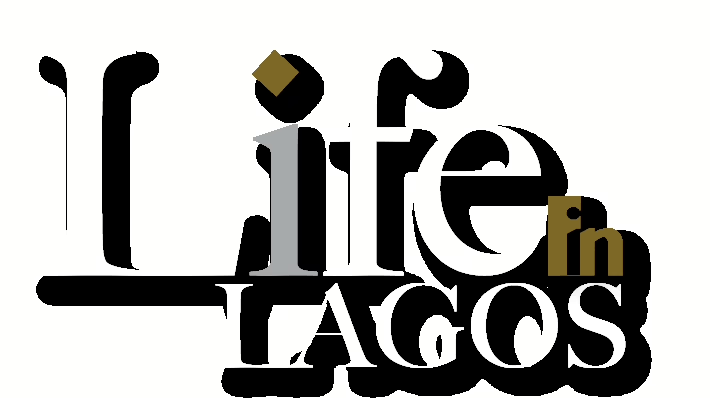Mfonobong Inyang: Master the Art of Anchoring Your Story Like a Pro
Who is Mfonobong Inyang?
Mfonobong Inyang is a celebrated Nigerian speaker, storyteller, and author known for her compelling communication style and ability to connect deeply with audiences through storytelling. With years of experience in professional speaking and content creation, she emphasizes clarity, authenticity, and emotional connection as the pillars of effective story anchoring. Many aspiring storytellers look up to her techniques to refine their narratives and presentation skills.
What Does It Mean to Anchor Your Story?
Anchoring your story means creating a strong foundation that supports your message, making it memorable and impactful for your audience. It involves weaving key elements into your narrative to keep listeners engaged and to drive the core message home. Like an anchor secures a ship amidst shifting tides, your story’s anchor provides stability and direction in your presentation, preventing your message from drifting away or losing clarity.
Key Components of Story Anchoring
-
- Clarity: Ensuring your main message is clear and easy to follow.
-
- Connection: Building an emotional or relatable link with your audience.
-
- Consistency: Maintaining a steady tone and focus throughout the story.
-
- Engagement: Using hooks, questions, or visuals to keep attention alive.
-
- Relevance: Tailoring your story to the interests and needs of your audience.
The Benefits of Mastering Story Anchoring
Applying Mfonobong Inyang’s principles in anchoring your story can transform your communication in many ways:
-
- Heightened Audience Engagement: Stories that are well anchored keep listeners intrigued from start to finish.
-
- Improved Message Retention: Anchored stories are remembered longer and spur action.
-
- Enhanced Credibility: Clear and authentic narratives build trust.
-
- Greater Emotional Impact: Audiences connect more deeply and feel inspired.
-
- Stronger Personal Brand: Consistently powerful storytelling establishes your voice in your niche.
Practical Tips for Anchoring Your Story Like Mfonobong Inyang
Mfonobong Inyang’s approach breaks down into actionable steps that anyone can adopt to master story anchoring. Here are some top tips:
-
- Start With a Strong Hook: Open with a surprising fact, a question, or a relatable scenario to immediately capture interest.
-
- Define Your Core Message: Identify the singular takeaway you want your audience to retain and circle every element of your story around it.
-
- Use Authentic Personal Experiences: Stories rooted in real-life experiences resonate more deeply and increase connection.
-
- Employ Vivid Imagery and Details: Use descriptive language to create mental pictures that pull your listeners into the story world.
-
- Maintain a Consistent Tone and Pace: Avoid jarring shifts in style and keep your narrative flow smooth and engaging.
-
- Utilize Strategic Pauses: Pausing after important points allows time for reflection and anticipation.
-
- Engage with Your Audience: Encourage reactions, invite input, or ask rhetorical questions to keep interaction alive.
-
- Close With a Clear Call-to-Action: End your story with a compelling message that motivates your audience to act or think differently.
Example: Structuring Your Story Like a Pro
| Story Section | Description | Anchor Technique |
|---|---|---|
| Hook | Grab attention immediately | Ask a provocative question or state an unexpected fact |
| Setup | Introduce characters or context | Use vivid descriptions and emotions |
| Conflict/Challenge | Present the obstacle or dilemma | Relate it to audience’s experience for relevance |
| Resolution | Explain how the challenge was overcome | Highlight lessons learned or insights gained |
| Call-to-Action | Motivate audience response | Direct and inspirational closing statement |
Case Study: How Mfonobong Inyang Anchors Her Stories
Mfonobong Inyang often shares personal anecdotes that weave professional lessons seamlessly with emotional appeal. One notable example is her keynote on leadership where she recounted the story of overcoming early career setbacks.
-
- Hook: She started by asking, “Have you ever felt like giving up when the world says no?”
-
- Engagement: She detailed relatable frustrations with vivid emotion, making listeners feel she understood their struggles.
-
- Resolution: She shared how persistence and mindset shift helped her turn failure into success.
-
- Call-to-Action: Finally, she encouraged the audience to reframe challenges as opportunities, leaving them inspired and connected.
This approach firmly anchored her message, increasing audience retention and recalling her story long after the event ended.
First-Hand Experience: Applying Mfonobong Inyang’s Techniques
As a storyteller, integrating Mfonobong’s methodology has dramatically improved my presentations. By focusing on authenticity and audience connection, I’ve noticed more engaged listeners and positive feedback. Using strategic pauses and vivid imagery creates a more immersive experience that draws people in. Most importantly, always knowing my core message has helped my stories avoid unnecessary tangents, making them powerful and purposeful.
Summary: Steps to Master Story Anchoring Like a Pro
| Step | Action | Benefit |
|---|---|---|
| 1 | Craft a compelling hook | Instant audience attention |
| 2 | Clarify your main message | Clear and memorable takeaway |
| 3 | Include authentic personal details | Build trust and relatability |
| 4 | Use descriptive language | Enhance engagement and visualization |
| 5 | Maintain tone and pace consistency | Smooth narrative flow |
| 6 | Engage and interact with audience | Dynamic and participative delivery |
| 7 | End with a powerful CTA | Inspire action or reflection |
Conclusion
Mastering the art of anchoring your story like Mfonobong Inyang can elevate your communication to new heights. By combining a clear message, authentic storytelling, and audience engagement, you create powerful narratives that resonate long after they are told. Remember to focus on connection, consistency, and strong finishes to captivate any audience – whether on stage, in writing, or digital media. Start applying these expert tips today, and watch your storytelling become more impactful and professional.




















0 Comments